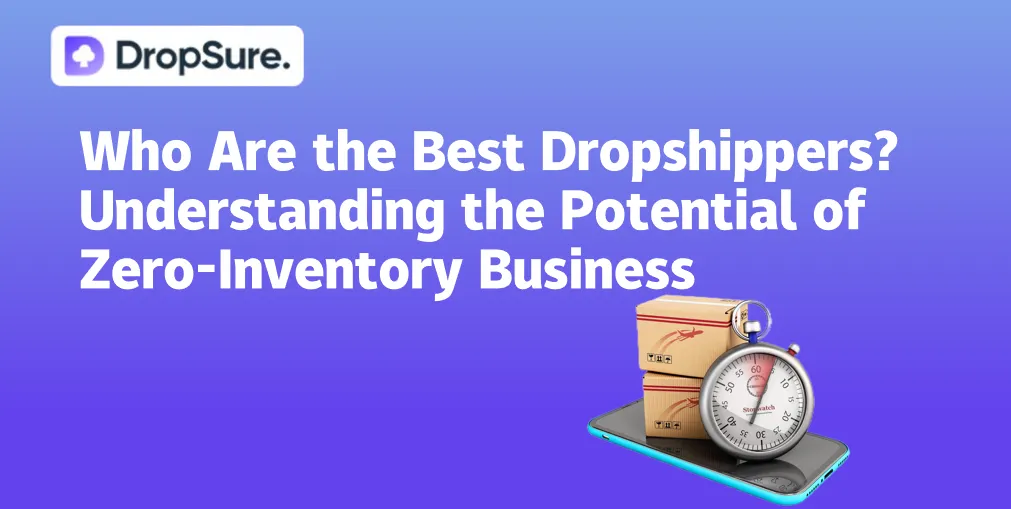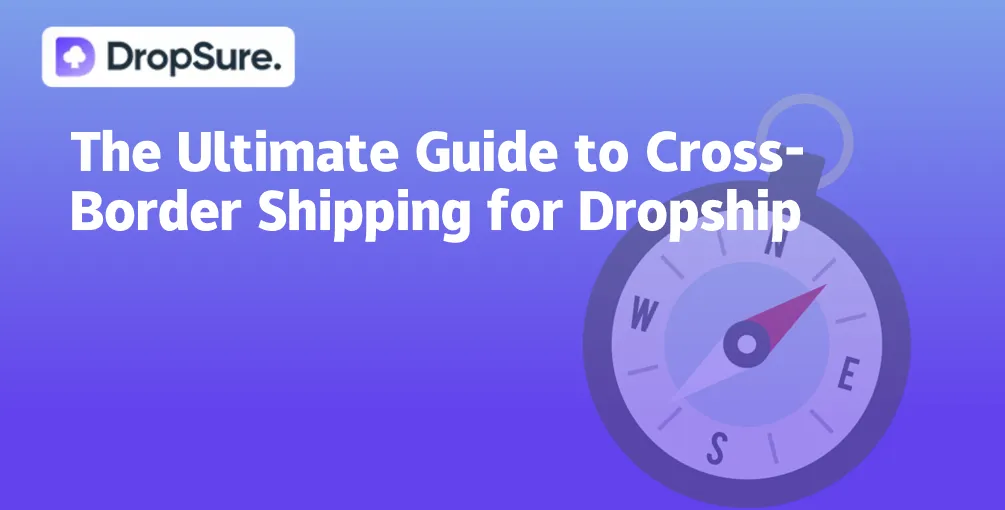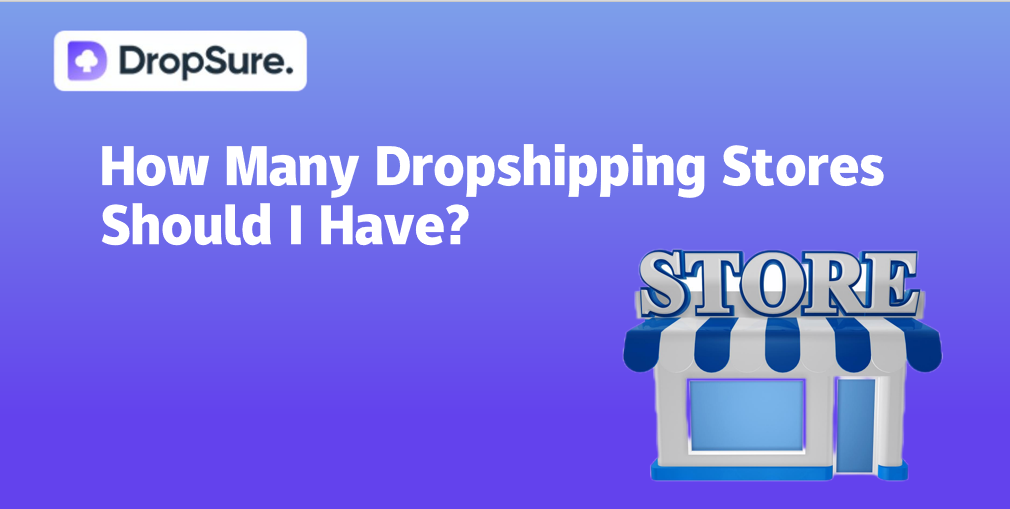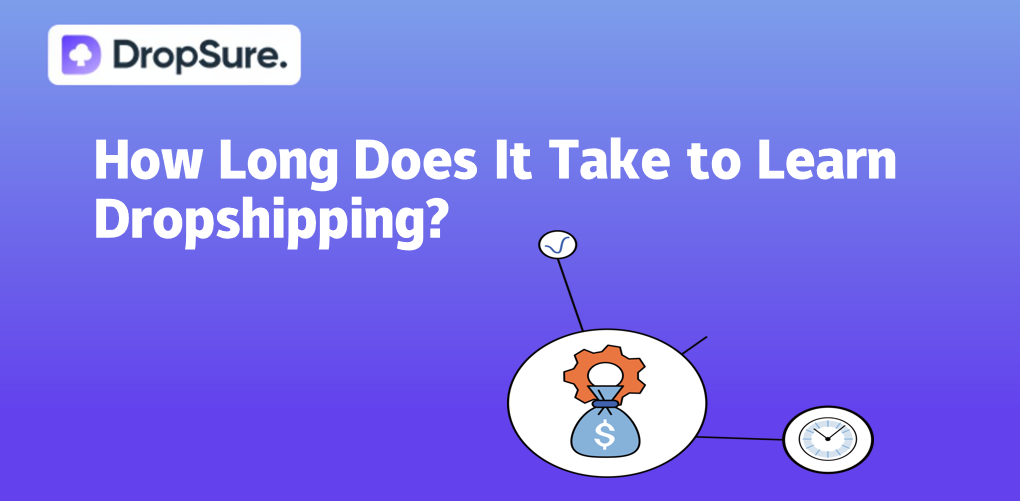When the product crosses the border, across thousands of mountains to reach the hands of customers, this time the customer is considered to be a real experience of your products. The cost of transportation, logistics, etc., is also a considerable expense in your operation. In the end, how to fine-tune your budget? It all depends on the distribution strategy you choose. Today, let’s talk about those things in cross-border e-commerce shipping. Including shipping steps, including shipping steps, methods of product packaging, commonly used carriers, ways to reduce shipping costs, order tracking and insurance and customs declaration considerations, as well as the various delivery methods covered by the shipping strategy, to help you deliver your products smoothly and create a perfect customer experience. How to Handle Cross-Border Shipping Step 1: Design Packaging Materials Your product may experience a “roller coaster” of bumps during the journey, so the packaging materials must be selected to resist shock, pressure and moisture. Of course, the packaging should not neglect the appearance. Printed on the packaging of your brand Logo, corporate colors and slogans, which not only allows customers to brighten up, but also enhance the brand’s style. Selection of materials, the outer box should be based on the size and weight of the product, cardboard boxes, corrugated boxes or plastic boxes can be. As for the lining material, bubble wrap, foam pads, padding these are good choices, can be soft wrapped products. For the design process, first measure the size and weight of the product and find out those parts that are easy to hurt. Then, draw a sketch of the package design, consider the appearance, printing and the proportion of environmentally friendly materials used. […]







